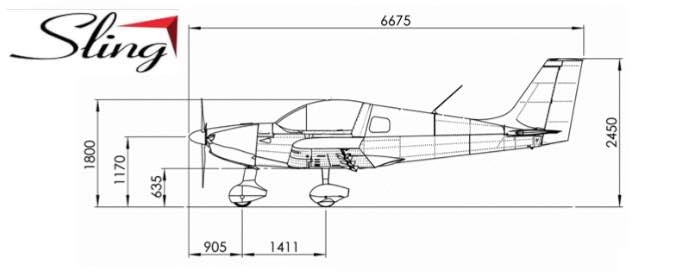It’s been a big challenge, but I’ve finally managed to get to a (mostly) known state – at least as far as kit inventory and condition is concerned.
Overall, build quality is pretty good. The fuselage and wings appear to be true. The fit of the skins are pretty nice. Unfortunately, there is some (non-shipping related) damage and several workmanship issues that tempered what I’d hoped would be an over-the-moon experience. A miscue on the rudder pedals and throttle quadrant configuration vs. what I ordered, and a surprising number of missing parts, added drag. I’m certainly fortunate and happy to have a Sling 2 QB kit in my workshop now, but it’s honestly proving a bit difficult to completely escape feelings of being somewhat let down.
I got a lot for my quick-build dollar, to be sure. The wings and fuselage are completely Alodined. I hadn’t expected that. The canopy is mounted. The fuel tanks are assembled. Wiring, pitot and static lines are in the wing and rear fuselage. Much of the interior is painted gray. On the other side of the scale, however, there are a few unfortunate issues that I’ll have to rework. Plus, there’s a respectable list of parts that I’m working with the factory to provide.
I’ve agonized about what else to say here, if anything. I don’t want to be negative. I understand that profitably producing aircraft and kits is extremely challenging. And I’m sure TAF finds itself ever between the rock and the hard place of delivery schedules and customer expectations. Speaking for myself, but I would imagine also on behalf of just about every Sling customer — I sincerely hope for TAF’s continued success, while at the same time, strongly encourage their management to make decisive steps towards getting [more of] the details right on the first go, even if it takes longer. Don’t ship it until it’s right.
